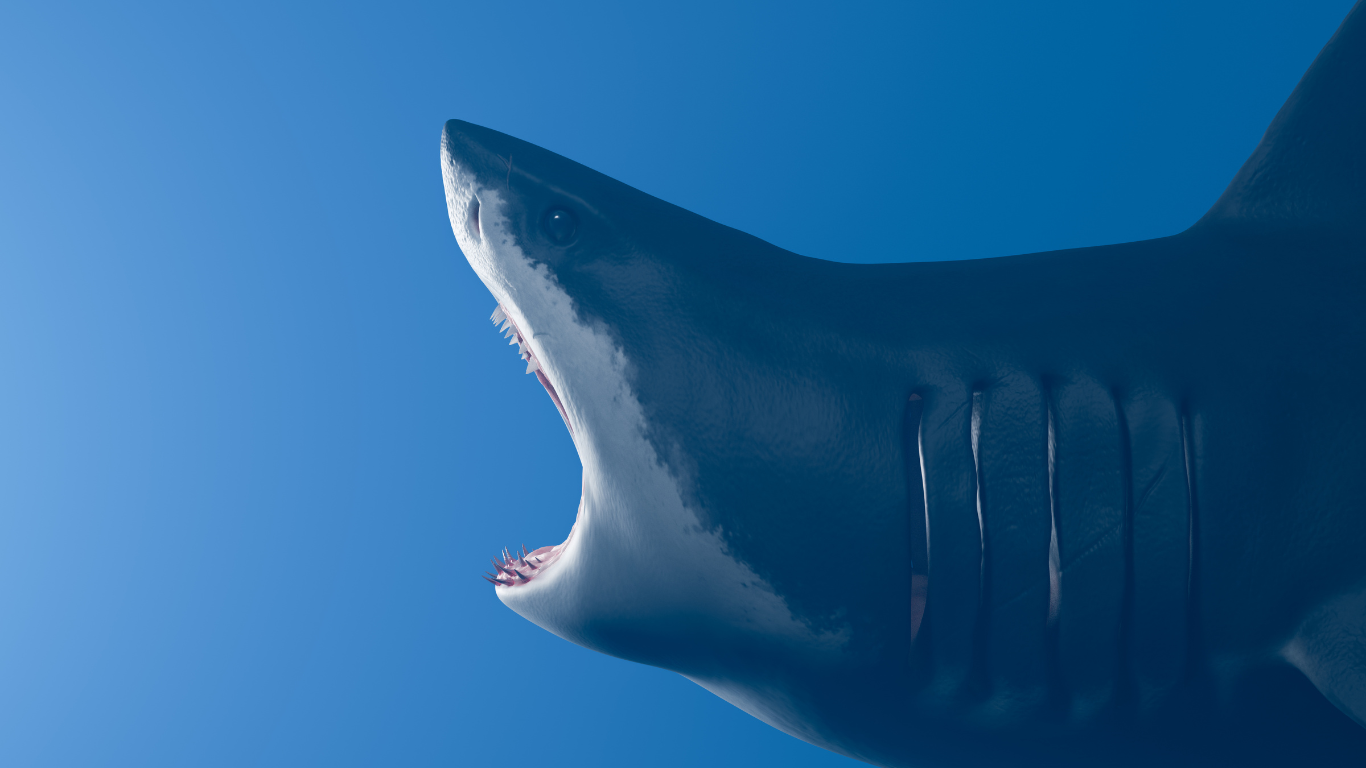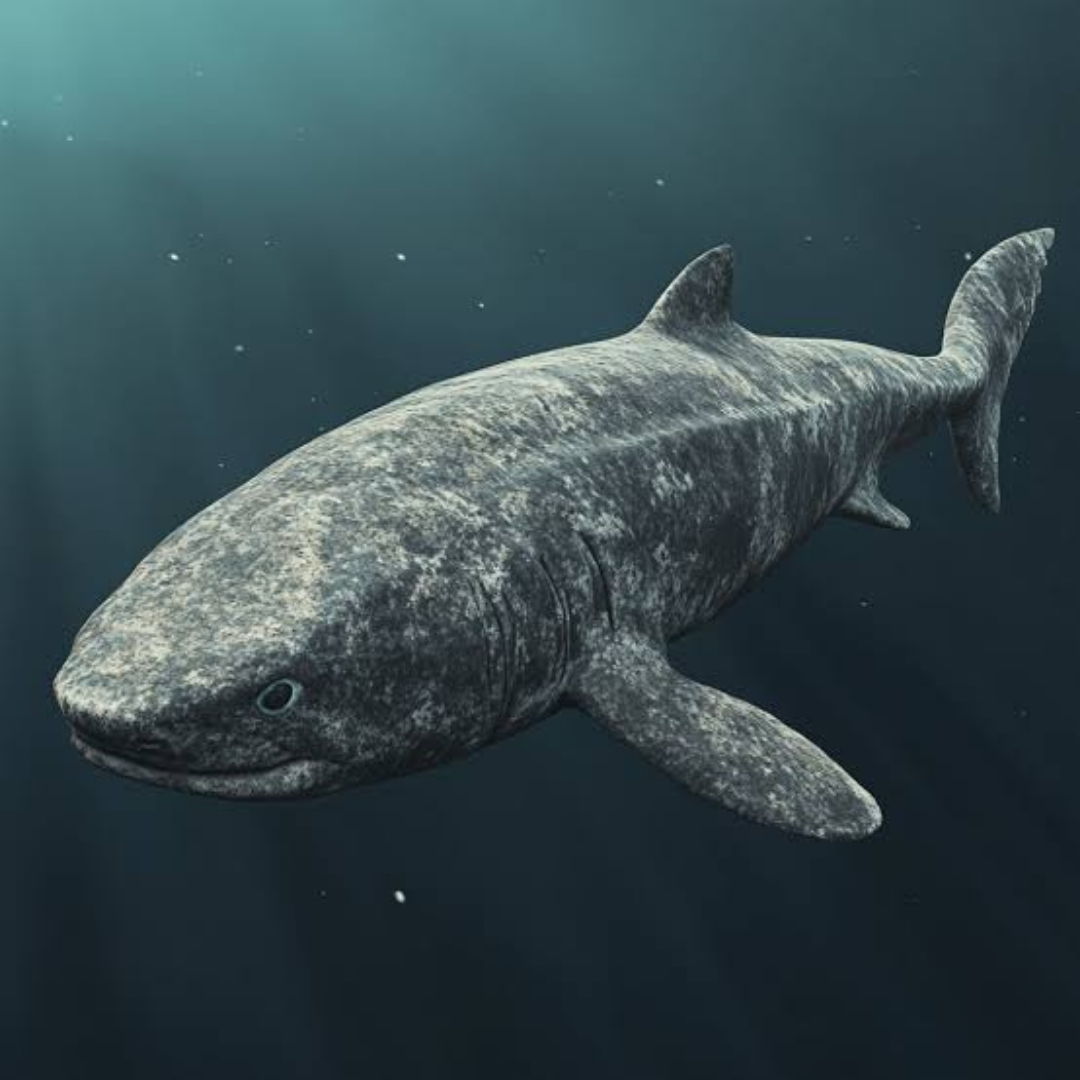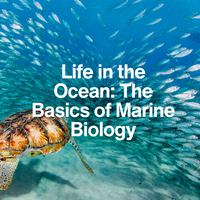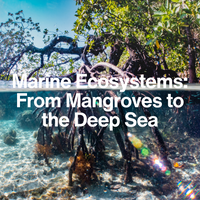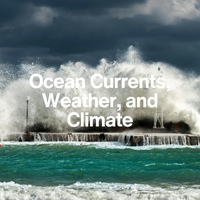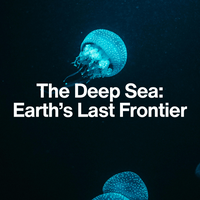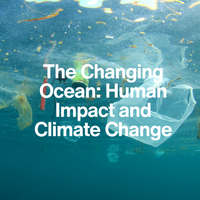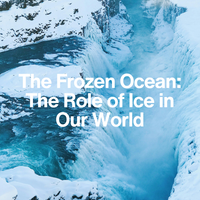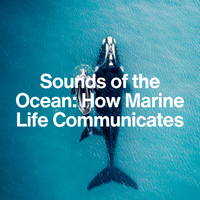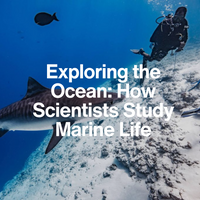LESSON 2
How Do Ocean Creatures Survive in Different Environments?
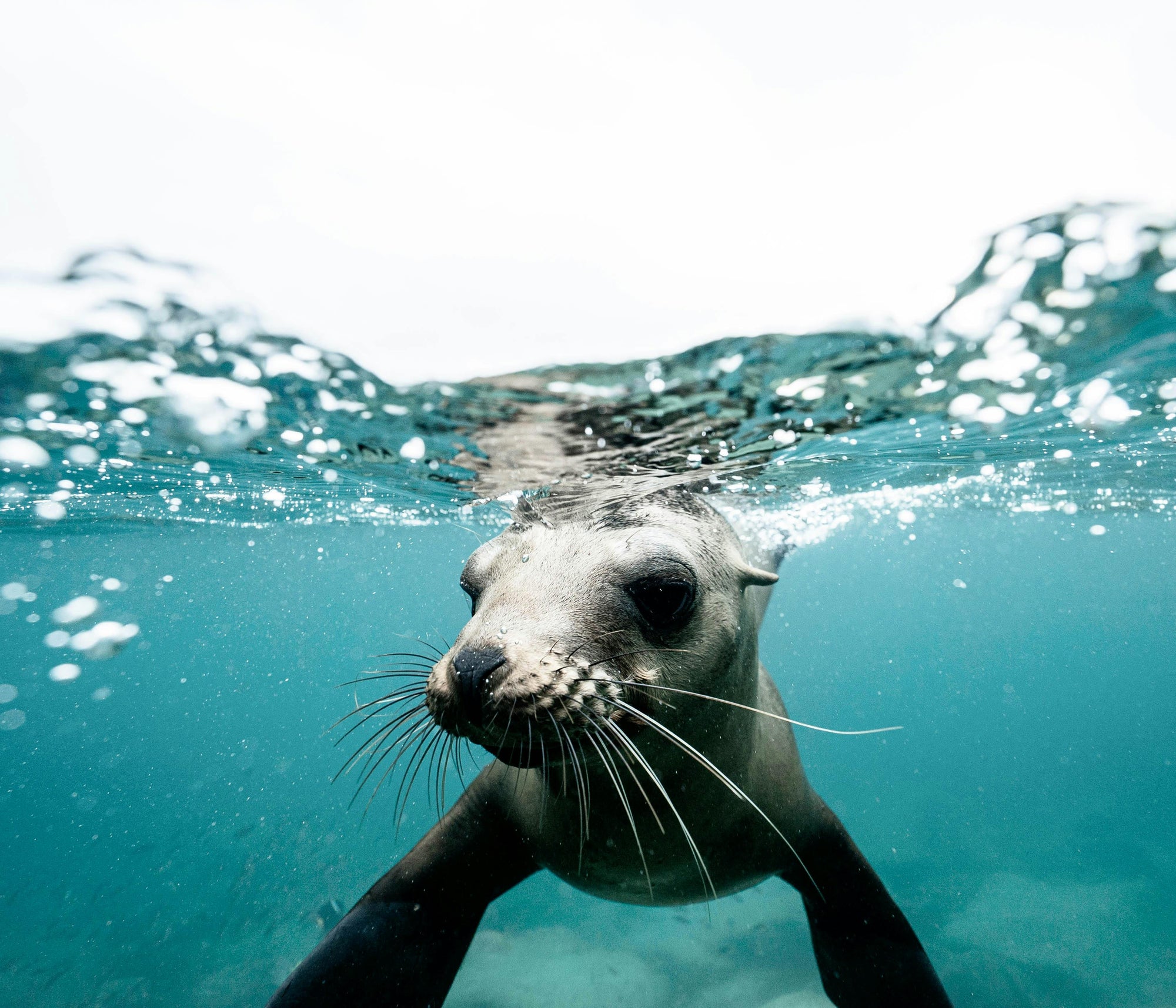
Introduction:
Life Finds a Way
The ocean is not one uniform place—it’s a world of extremes. Some areas are warm and sunlit, while others are pitch-black and freezing. Yet, marine life thrives in all of them.
In this lesson, we’ll dive into the ocean’s different zones, explore the challenges each one presents, and uncover the fascinating adaptations that help marine organisms survive—from camouflage to antifreeze proteins and even glowing in the dark.
1. The Ocean’s Layers: Light, Depth, and Pressure
To understand how marine creatures survive, we first need to explore where they live.
Ocean Zones by Depth
Other Habitats
2. How Creatures Adapt to Their Environments
Different zones present different challenges, and marine life has evolved some astonishing adaptations to survive them.
Adaptations to Light and Darkness
Adaptations to Cold and Pressure
Adaptations to Salt, Currents, and Oxygen
3. Extreme Survivors
Some marine organisms go beyond adaptation—they’ve evolved to survive the seemingly impossible.
Conclusion
Mastering the Ocean’s Extremes
The ocean is Earth’s largest and most varied habitat. Whether shallow or deep, warm or icy, salty or fresh, marine creatures have evolved ingenious ways to thrive in each niche.
These adaptations tell a story of resilience and innovation—reminding us just how precious, and precarious, marine life truly is.
Key Takeaways:
The ocean is divided into zones based on light, depth, and pressure.
Marine life adapts to its environment through camouflage, bioluminescence, body structure, and specialized physiology.
Creatures in extreme environments like hydrothermal vents and polar seas demonstrate nature’s incredible ability to adapt.
NEXT LESSON
Food Webs—Who Eats Who in the Ocean?
From microscopic plankton to apex predators, every creature in the ocean is connected. In the next lesson, we’ll map out the ocean’s food chains and food webs to see how energy flows through this blue planet’s ecosystems.
